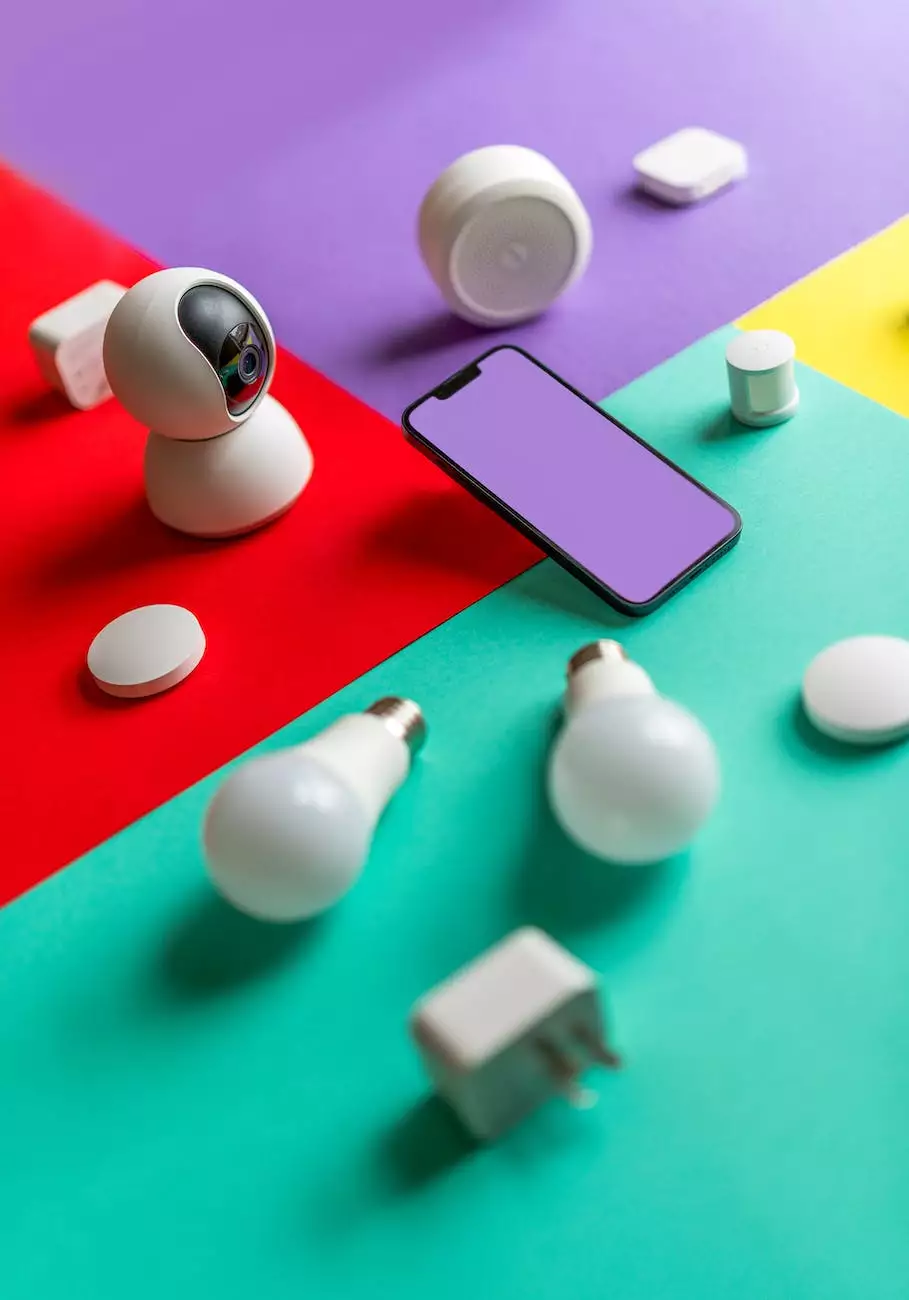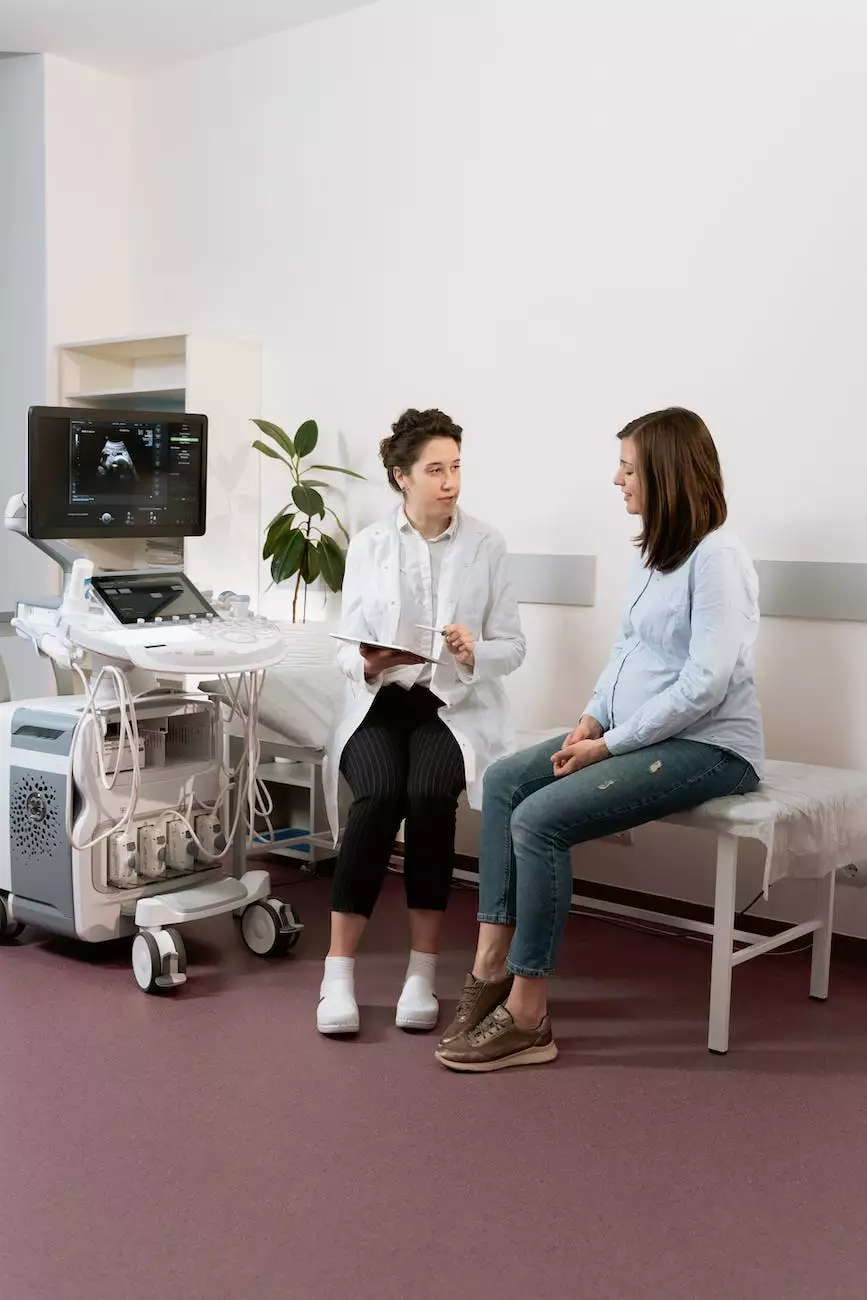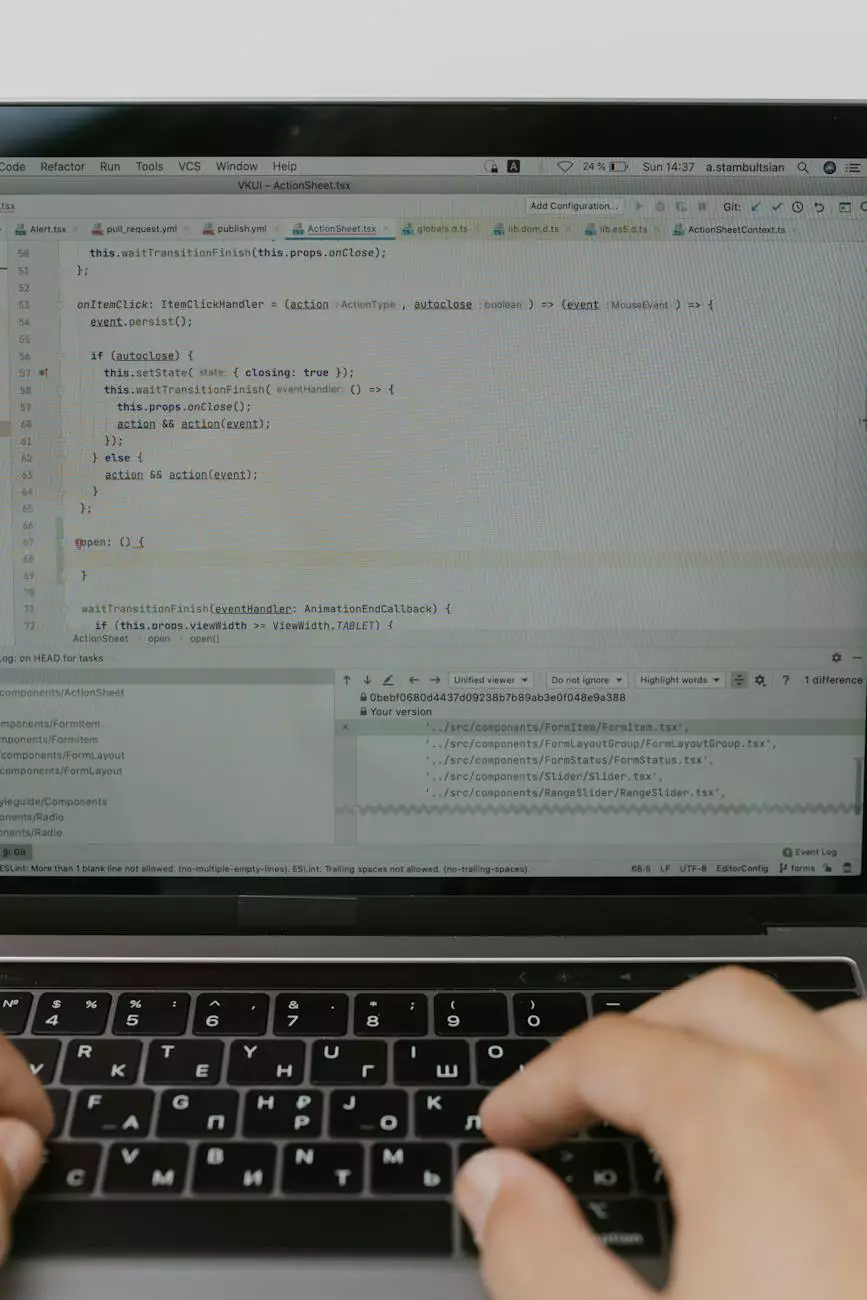IoT: How to Turn a Hospital into a Smart Hospital
Blog
Introduction
Welcome to CI Advertising, your trusted partner in the digital transformation of businesses in the healthcare industry. In this article, we will delve into the fascinating realm of IoT (Internet of Things) and explore how it can revolutionize hospitals, turning them into smart hospitals.
The Potential of IoT in Healthcare
Hospitals are complex ecosystems with numerous interconnected processes and systems. By harnessing the power of IoT, hospitals can optimize their operations, enhance patient care, and improve overall efficiency.
1. Enhancing Patient Care and Safety
IoT enables hospitals to monitor patients in real-time, gathering valuable data on vital signs, medication adherence, and more. This data can be analyzed to detect early warning signs and facilitate proactive interventions. Wearable devices and smart sensors can alert healthcare providers promptly, ensuring timely responses to emergencies.
2. Streamlining Operations
IoT provides hospitals with unprecedented visibility into their operations. By connecting devices and systems, hospitals can automate manual processes, such as inventory management and equipment maintenance. Smart devices, integrated with IoT platforms, can monitor and regulate temperature, humidity, and other environmental factors critical to patient well-being. This streamlining of operations leads to cost savings and improved resource allocation.
3. Empowering Healthcare Staff
IoT solutions enable healthcare staff to focus more on patient care by eliminating time-consuming administrative tasks. Connected devices can automatically update patient records, schedule appointments, and facilitate communication among the care team. This increased efficiency allows healthcare professionals to deliver personalized and timely treatments.
Implementing IoT in Hospitals
Before embarking on the IoT journey, hospitals need to carefully plan and execute their strategy. Here are some key steps to consider:
1. Assessing Needs and Setting Goals
Each hospital has unique requirements and challenges. Start by identifying areas where IoT can make the most significant impact, such as patient monitoring, asset tracking, or energy management. Set clear objectives and define measurable goals to guide the implementation process.
2. Ensuring Reliable Connectivity
IoT relies on strong and secure connectivity to function optimally. Hospitals must establish robust networks that can handle the vast amount of data generated by IoT devices and ensure data privacy and security.
3. Selecting the Right IoT Solutions
With numerous IoT solutions available in the market, hospitals need to choose wisely. Consider factors such as scalability, interoperability, ease of integration, and vendor support. Engage with experts like CI Advertising, who specialize in helping healthcare organizations navigate the IoT landscape.
4. Implementing and Testing
Carefully execute the implementation, ensuring minimal disruption to ongoing hospital operations. Thoroughly test the IoT infrastructure to identify and address any potential issues before full-scale deployment.
The Future of Smart Hospitals
The potential of IoT in hospitals is limitless. Besides the immediate benefits, such as improved patient outcomes and operational efficiency, smart hospitals lay the groundwork for future advancements.
1. AI-Driven Healthcare
IoT-generated data, combined with artificial intelligence (AI), opens new doors for predictive analytics and personalized medicine. AI algorithms can analyze vast amounts of patient data to detect patterns, provide clinical decision support, and facilitate precise treatments.
2. Telehealth and Remote Patient Monitoring
Smart hospitals equipped with IoT technology are better positioned to deliver telehealth services and remotely monitor patients. Virtual consultations, remote diagnostics, and continuous tracking of patients' health parameters become more accessible, ensuring extended care and reduced hospital readmissions.
3. Collaborative Healthcare Ecosystems
IoT lays the foundation for collaborative healthcare ecosystems, where hospitals, clinics, pharmacies, and other stakeholders seamlessly share data and collaborate to improve healthcare outcomes. Interoperability standards and secure data exchange protocols are essential for making this vision a reality.
Conclusion
The transformation of a traditional hospital into a smart hospital powered by IoT is an exciting journey that holds immense potential for improving patient care and operational efficiency. CI Advertising, a leading business and consumer services provider in marketing and advertising, is here to assist hospitals in embracing the IoT revolution. Contact us today to explore how we can help you navigate the complexities of IoT implementation and unlock the full benefits of a smart hospital.










